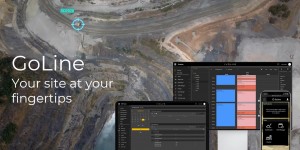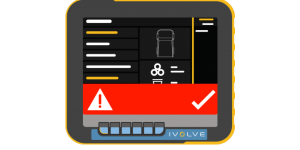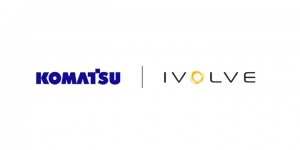
Non-Dispatch/No Control Room Fleet Management...Can you imagine?!
I have invested the past 11+ years working in and around what is commonly called Fleet Management Systems (FMS) in both the underground and surface arenas. Over time, like many of you, I have come to understand how and why a system lives or dies, and this is in no small way dependent on the talented people directed to implement and champion the cause...so to speak.
What’s the key challenge?
In today's current economic climate, mines are doing more with less! This is good – essential, even - for survival, but with that business model brings the reality that more is expected of less - as in less people doing more work are expected to get the same results. Looks great on paper but so did the Hindenburg Zeppelin. In all seriousness, at best this is only a band-aid solution; history has shown it creates more problems than it solves. One way to help offset the strain created by doing more with less is by utilizing technology. An FMS solution is one of the tools, in my opinion, needed to make that happen.
Why doesn't every mine have a Fleet Management System?
There are lots of reasons, but one for sure is that in the past it was a one size fits all game, and only the big players could afford to implement, never mind buy such a solution to start with. The bottom line is that Dispatch/Control Room-type systems run into the $Millions. That simply puts them and the proven benefits out of reach for the small to mid-tier mines. I work with the team of developers at iVolve, who fight to make fleet management more affordable and manageable for the small to mid-tier mines, without compromising on effectiveness.
There’s a question management needs to ask themselves: Is an FMS right for your operation? I can’t answer that, but doing more with less is not going away anytime soon, so harnessing technology is going to be very helpful.
Read more on “doing more with less” here.
On another note, as I recently wrapped up my attendance at the 2016 PDAC convention and trade show (which may have had less people in attendance but from those I spoke with more of the “right” people attended) I can say with some enthusiasm that three areas of the mining sector in North America seem to be turning the corner, may be it ever so slowly but turning they are. Those sectors being Gold, Copper and Diamonds. I base this on several factors, the main being the increased appetite for investment by mining companies in new or existing operations. For example, Rio Tinto moving ahead with second shaft at Resolution Copper; GoldCorp investing in underground technologies at Hoyle; Gold prices hitting $1,620.00 CDN per ounce; Diamond prices continuing to rise on average of 14% per annum; De Beers, new Gahcho Kue mine under construction; Diavik and Ekati expanding mines.
In closing I can say, what many of us know, that mines are still not out of the woods and will/need to continue to focus on cost reduction and efficiency gains. Although one thing is clear; there is a glimmer of light at the end of the tunnel, and it’s probably a full haul truck.



